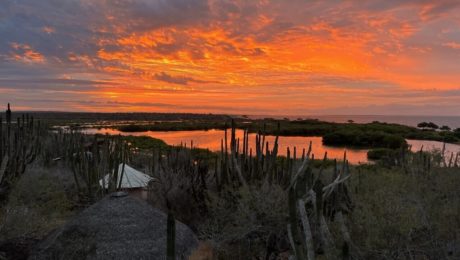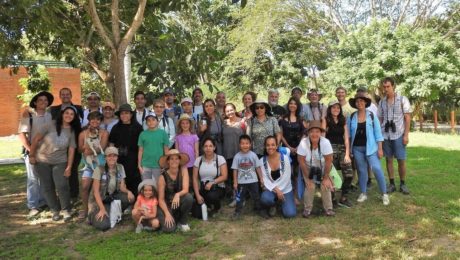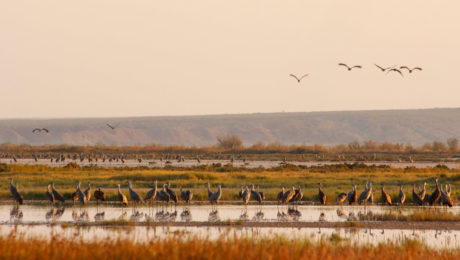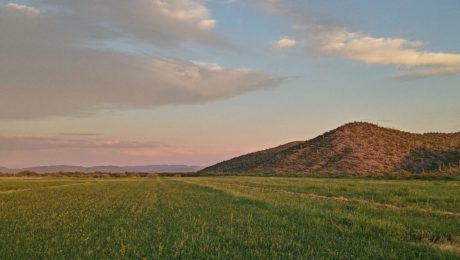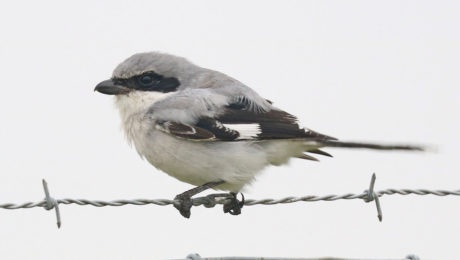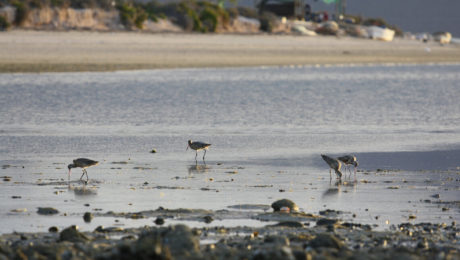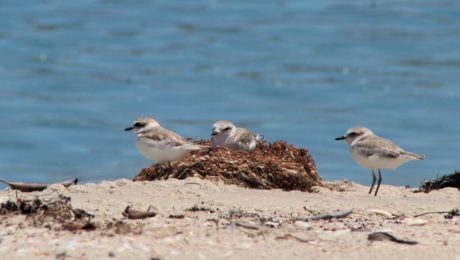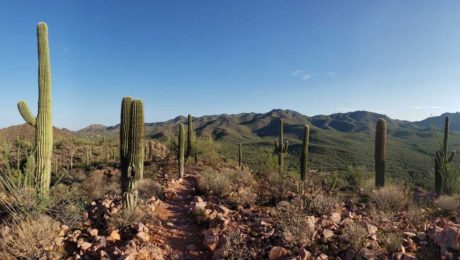Wintering Birds of a Unique Coastal Thornscrub Forest
Found only in a narrow strip of southern Sonora and northern Sinaloa, the Costera Pitayal is a rapidly disappearing habitat. The Navopatia Field Station is dedicated to studying the diverse assemblages of birds and plants in the area, providing training in field techniques, and working to protect this unique environment.
- Published in News
San Pancho Bird Observatory
Birdwatching can be a significant force to advance biodiversity conservation while promoting the economic development and wellbeing of local communities. Over the last decade, the San Pancho Bird Observatory has made great strides in advancing bird conservation while balancing socially responsible tourism.
- Published in News
Wetland Inundation Dynamics in the Chihuahuan Desert
Hydrologic alterations jeopardize the timing and duration of habitat availability for waterbirds that rely on wetlands within arid landscapes during migration. Quantifying and assessing habitat availability can help us understand migratory connectivity and guide wetland restoration.
- Published in News
Importance of Agricultural and Non-Agricultural Areas for Birds in Sonora
Agricultural areas in northeastern Sonora have a high level of species richness and abundance of birds. However, they are not without their own threats including predators and pesticide use.
- Published in News
Autonomous Recording Units Assist Monitoring in Remote Areas
Autonomous Recording Units can be a great supplement to human surveys when there is a lack of funds, time, or accessibility, and can provide insight into bird activity that are impossible from a small number of human visits.
- Published in News
Non-reproductive Ecology of the Loggerhead Shrike in Sonora
In Mexico, the Loggerhead Shrike is widely distributed with both resident and migratory winter populations. However, there is little information regarding the ecology and migratory status of the species in northeastern Sonora, Mexico.
- Published in News
Advances in Pacific Flyway Shorebird Conservation
The SJV region provides critically important habitats for Pacific shorebird populations. Check out the many great tools, tips, and resources from the Pacific Shorebird Conservation Initiative.
- Published in News
Conservation Challenges for Least Tern
Since 2014, Pro Esteros has been working to document and protect nesting Least Terns at Estero Punta Banda. However, the species still faces many threats including high predation rates.
- Published in News
Community to Conserve: Waterbirds of the Canal del Infiernillo
On the traditional lands of the Comcáac people, waterbird observers from the Kino Bay Center team up with Grupo Coijaac of the Comcáac youth community to assess bird populations and share collaborative experiences.
- Published in News
The SJV Impact
We asked some of our conservation partners to weigh in on the impacts of the SJV Awards Program to their work.
- Published in Awards Program, News


 English
English  Español
Español 